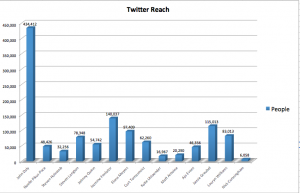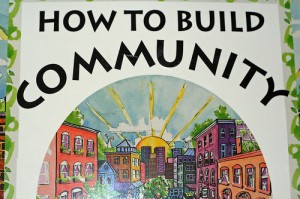 The 2014 Winter Olympics in Sochi Russia have come and gone. Tuvel Communications was pleased to lend its support to the USA Bobsled & Skeleton team’s marketing efforts. Olympic athletes rely on many forms of sponsorships to fund their dreams, from individual and corporate donations to sponsorships to crowd funding. Prior to the Winter Games, Tuvel worked with the USA Bobsled & Skeleton and Washington, DC-based ad agency ds+f to bolster the team’s online community building efforts, resulting in record sponsorship revenue.
The 2014 Winter Olympics in Sochi Russia have come and gone. Tuvel Communications was pleased to lend its support to the USA Bobsled & Skeleton team’s marketing efforts. Olympic athletes rely on many forms of sponsorships to fund their dreams, from individual and corporate donations to sponsorships to crowd funding. Prior to the Winter Games, Tuvel worked with the USA Bobsled & Skeleton and Washington, DC-based ad agency ds+f to bolster the team’s online community building efforts, resulting in record sponsorship revenue.
Many lessons were learned on our Olympic marketing journey. Please keep in mind that individual athletic performance has a huge impact on any type of marketing effort, including everything social. The following list includes some of the lessons learned – and reminders that we picked up along the way.
Content <still> rules
As you can see from the following examples, content rules! Reach, engagement and followers are only some of the metrics used to track success. Bobsled athlete Jazmine Fenlator and skeleton athlete John Daly’s Twitter reach was high when compared to the other athletes on the team. (Twitter ‘Star’ Lolo Jones was not included in our study due to her massive – nearly 400,000 – number of followers.)
Example: Jazmine Fenlator and John Daly’s Twitter reach:
Jazmine’s updates during the Olympics include mentions of Hurricane Irene relief efforts and her mom’s health issues. She is also known for her crowdsourcing or Internet fundraising efforts to raise money for training, transportation, and Sochi-related equipment expenses.

John’s updates include lots of humor and pics from the teammate Johnny Quinn’s famous Sochi bathroom door incident. Mr. Daly also gained notoriety when Cosmo asked readers if they thought he was the Ryan Lochte of the Sochi Olympics.
[Read more…] about 2014 Olympics: Winning Marketing for Team USA’s Athletes



